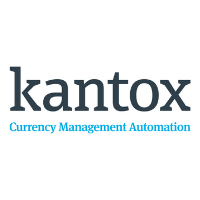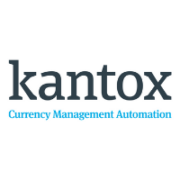The real value of Multi-Dealer FX trading platforms
16-08-2021 | treasuryXL | Kantox
(Spoiler: it’s not about trading costs)
A few years ago, PwC consultants proposed a clever analogy to illustrate the difference between single-dealer platforms (SDPs) and Multi-Dealer Platforms (MDPs). For banks looking to provide products and services to corporate clients on a platform, SDPs are like an airline’s website, where high-margin sales occur. Multi-Dealer Platforms, in turn, are the equivalent of online aggregators that let customers compare fares and schedules. While the former emphasizes customer relationship intimacy, the latter work as “transactional supermarkets” with a higher degree of automation.
When it comes to the corporate FX market, where spot and forward transactions take the lion’s share in terms of traded volumes, Multi-Dealer Platforms like 360T and SWAPs have been the venue of choice. The shared technology of Multi-Dealer Platforms has enabled them to better adapt to changing customers’ needs than the proprietary technology of most Single-Dealer Platforms. As a result, corporate treasurers have moved en masse to Multi-Dealer Platforms to improve FX trading processes and reduce spreads. As Kantox’s CEO Philippe Gelis argues, the success of Multi-Dealer Platforms has resulted in a spectacular “compression of FX spreads for vanilla products”.
Beyond trading costs: the value proposition of Multi-Dealer Platforms
Lower FX trading costs, the natural result of the Multi-dealer platform proposition, play an important role by facilitating the participation of firms who see a benefit in ‘embracing currencies’ to access new markets and grow their business. But the fixation with lower spreads is unwarranted. Going forward, treasurers will care less about paying 9 bps instead of 10 bps, if a 2% move in the exchange rate can be easily and efficiently handled by an automated hedging program.
To see where the real value of Multi-Dealer Platforms lies, let us start by briefly looking at the three phases of the FX hedging workflow: pre-trade, trade and post-trade.
The pre-trade phase involves sourcing exchange rates for the purpose of pricing as well as capturing and processing the relevant exposure. Once the FX trade is executed and confirmed, the post-trade phase kicks in with reporting and performance analytics as well as accounting and payments and collections.
In this increasingly automated series of steps, MDPs play a key role. Kantox’ partnership with 360T, for example, provides straight-through processing integration for corporates of all sizes to tailor their Multi-Dealer Platform setup to execution and routing rules of their own making. The range of functionalities includes:
- Trading in spot, forwards, NDFs and swaps with hundreds of liquidity providers
- Automated trade and data requests via API
- Transparent pricing with greater efficiency in sourcing
- Diversification in order to lower counterparty risk
- Ability to select preferred liquidity providers
- Complete trade history and audit trail
- 24/6 execution capabilities
- ‘Best price execution’ functionality that puts liquidity providers in competition with one another
- Conditional orders setup with order management tools
- Automated trade confirmation by API or email
What emerges from this picture is clear: the ‘trade phase’ of the FX corporate workflow is being automated at lightning speed. The reduction in spreads, while important, only tells part of the story. The real value proposition of a Multi-Dealer Platform lies elsewhere: they are an integral part of the seamless, end-to-end management of corporate currency workflows that Currency Management Automation solutions provide.
This process of automation comes with an added bonus: Application Programming Interfaces (APIs) ensure that data can flow seamlessly between different systems (ERP, TMS) without any need for spreadsheets, reducing spreadsheet risk and freeing up valuable treasury resources.
When viewed in this broader dimension, as part of a larger process that includes all the phases of an automated FX hedging program, Multi-Dealer Platforms are part of an ecosystem that allows companies to benefit not only from automating, one by one, the different phases of a hedging program but to have all these processes integrated with one another, thus creating more value than the sum of the parts.











